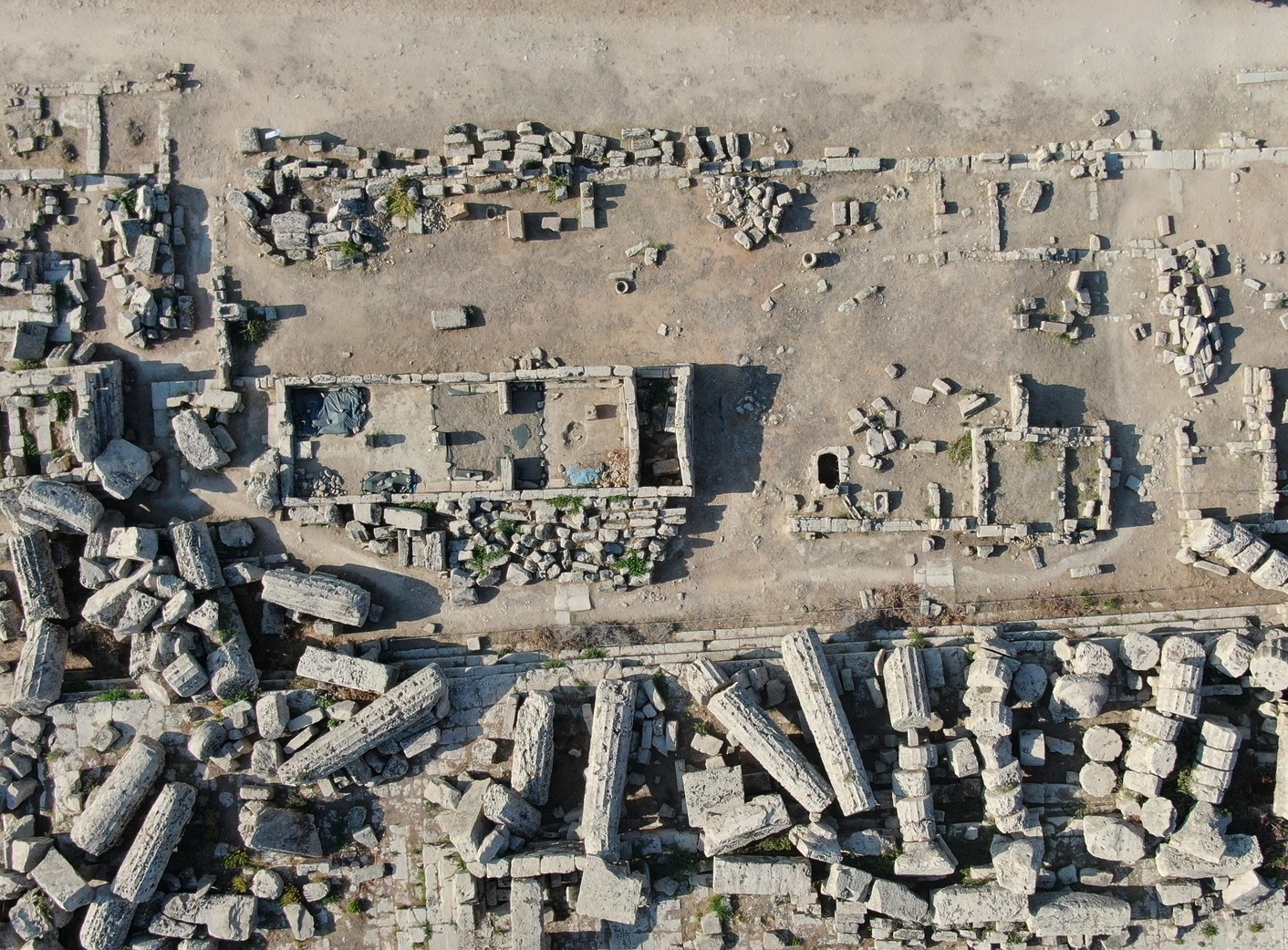Archaeologists have discovered a small temple complex adjacent to the monumental Temple C at Selinunte, Sicily.
Selinunte was a major city centre in the Greek-speaking areas of Southern Italy known as Magna Graecia. At its peak, the city was home to 30,000 inhabitants and covered an area of 670 acres.
The southern quadrants of the city (towards the sea) served as the religious centre, housing various temples and the Acropolis.
Temple C, situated in this quadrant, was built in the Doric style around the mid-6th century BC. Previous excavations have uncovered hundreds of ancient seals, indicating that the temple likely served as an archive and was dedicated to Apollo.
In a recent study by the Institute of Fine Arts-NYU and the University of Milan, archaeologists have conducted excavations within the peribolos wall on the Acropolis to understand the perimeter of the religious centre.
The researchers discovered a large monumental entrance to the northwest of the Acropolis, along with a room featuring a circular wall that contained various coins and gold jewellery.
In a recent press statement issued by the Archaeological Park of Selinunte, archaeologists have also uncovered a small temple complex directly behind Temple C. The structure is rectangular in shape and lacks the typical colonnade design of other temples and shrines within the religious centres.
The excavations have also provided new information on the ceremonies associated with the construction of Temple R. The archaeological evidence suggests that the surrounding structures were torn down and demolished as part of a “purification” ritual.
Archaeologists also found an iron spear spire, which appears to have the tip and edge of the blade removed as a symbolic act to ““defunctionalize” the weapon.
Header Image Credit : Archaeological Park of Selinunte
Sources : Archaeological Park of Selinunte







